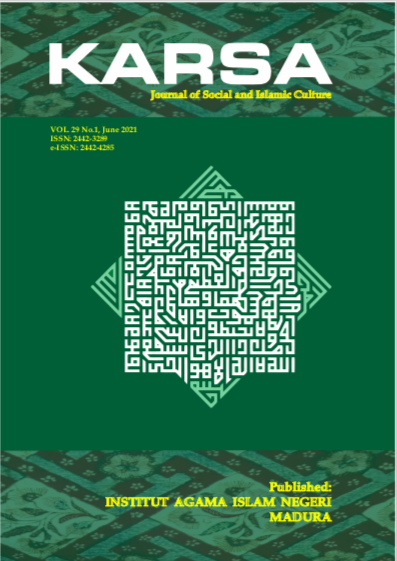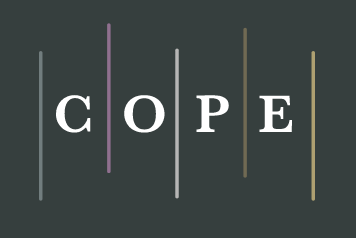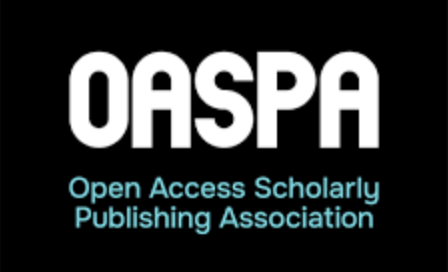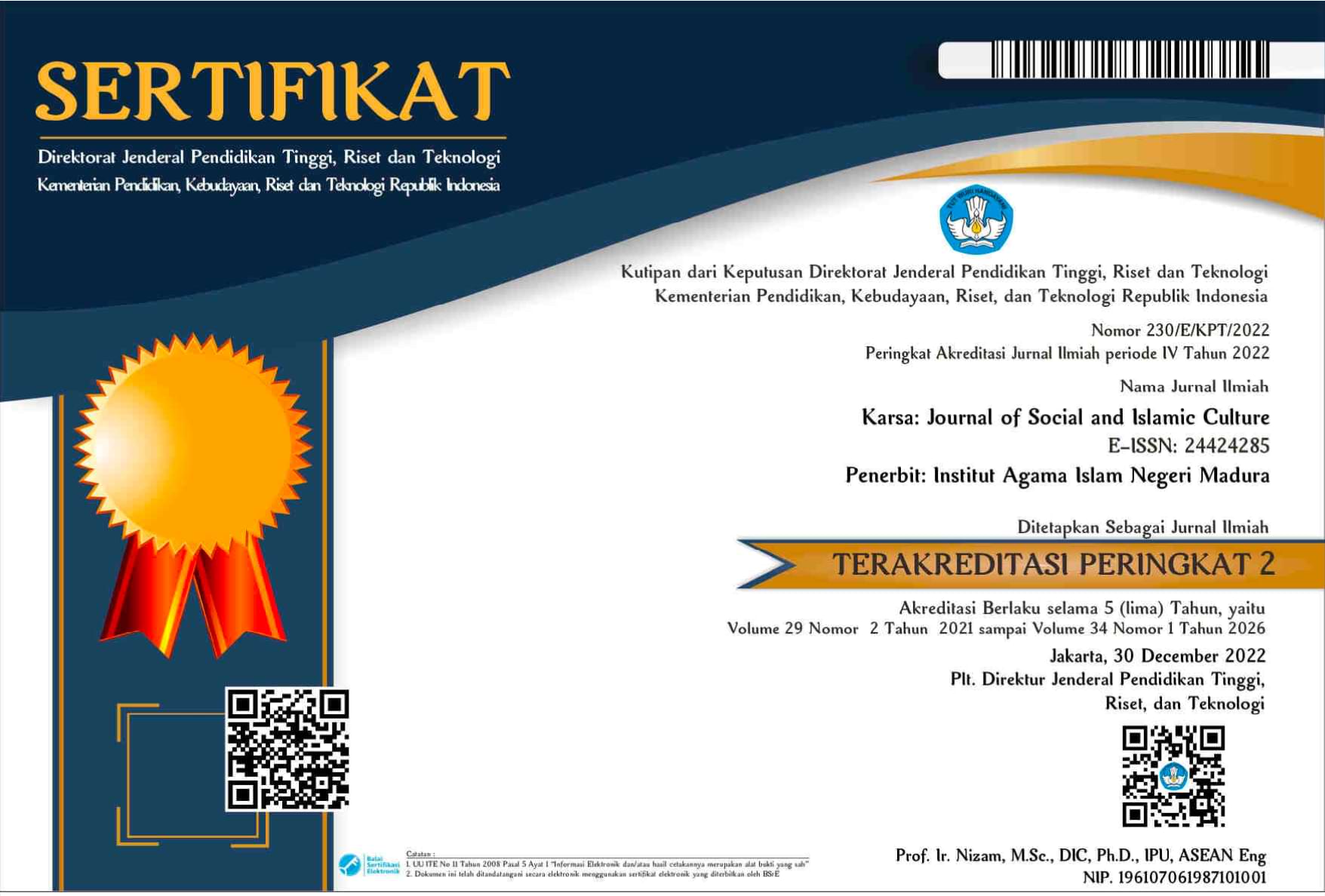Islamophobia and Media Framing in West Media
 Abstract views: 2302
,
Abstract views: 2302
,
 PDF downloads: 1897
PDF downloads: 1897
Abstract
The focus of this article is to explain the lousy illustration of Islam and Muslims in international media. The media worldwide is considered the most influential medium that’s formed the views of human beings related to each phase of societies. The media carry out a massive position in building the listener perspective and mindset related to any problem that emerges within the whole globe. In this context, the audiences take delivery as genuine. They expect from media to symbolize a clean photo relate to any affair which is taking place at each countrywide and international floor. In western media, Muslims are represented as an “other alien” on a global level. After September 11, Muslims and Islam have recognized as backward and violent traditions and faith. Muslim communities and their households are generally sufferers and focused via non-Muslims, victimization of a veiled Muslim girl and religious guys in public locations, as victims and targeted against the law. In gift days, Islam and Muslims are represented as a terrorist, illiterate, extremist and backward in global media. Although the framing of Muslims and Islam, mainly after the 7/7 bombing, September 11 terrorist assault, and Paris assault, a massive number of look at and research installation, that the world over the inclination of media reporting is exceedingly located negativity in the direction of Islam and Muslims, through affiliating it with extremism and terrorism.
Downloads
References
Age, The, dan Herald Sun. “The Representation of Islam and Muslims in the Media ( The Age and Herald Sun Newspapers ) School of Political and Social Inquiry.” Islam Zeitschrift Für Geschichte Und Kultur Des Islamischen Orients, no. November (2005). http://asiainstitute.unimelb.edu.au/__data/assets/pdf_file/0017/571112/Islam-in-the-Media.pdf.
Agha, O. H. Islamic Fundamentalism and Its Image in the Western Media. _al_Ahram Centre for Political et Strategic Studies., 1995.
Archer, Toby. “Welcome to the umma: The British state and its Muslim citizens since 9/11.” Cooperation and Conflict 44, no. 3 (2009): 329–47. doi:10.1177/0010836709106219.
Awass, O. The representation of Islam in the American Media. Hamdard Islamicus, 1996.
Carlson, Joseph L. “After 9/11.” Library Journal 128, no. 9 SUPPL. (2003): 16–17. doi:10.35632/ajiss.v21i3.506.
Dunn, K. M. “Representations of Islam in the politics of mosque development in Sydney.” Tijdschrift voor Economische en Sociale Geografie 92, no. 3 (2001): 291–308. doi:10.1111/1467-9663.00158.
Eid, Mahmoud. “Perceptions about muslims in western societies.” Re-Imagining the Other: Culture, Media, and Western-Muslim Intersections, 2014, 99–119. doi:10.1057/9781137403667.
Entman, Robert M. “Framing : Toward Clarification of a Fractured Paradigm SUPER RELEVANT TIL.” Journal of Communication 43, no. 4 (1993): 51–58.
———. “How the Media Affect What People Think: An Information Processing Approach.” The Journal of Politics 51, no. 2 (1989): 347–70. doi:10.2307/2131346.
Lewis, J. Language wars: The role of media and culture in global terror and political violence. Pluto Press., 2005.
McQuail, D. Mass Communication Theory: An Introduction. California: Sage, n.d.
Miller, David, A Briggs Editor, dan P Cobley Editor. “Promotion and Power,” n.d.
Modood, Tariq. “Remaking multiculturalism after 7 / 7.” Integration The Vlsi Journal, no. August (2005): 1–7. https://www.surrey.ac.uk/cronem/files/Tariq-Modood-article.pdf.
Onur Bahçecik, Şerif. “Internationalizing Islamophobia: Anti-Islamophobic Practices from the Runnymede Trust to the Organization of Islamic Cooperation *.” Ortadogu Etutleri 5, no. 1 (2013): 90. http://www.orsam.org.tr/files/OE/5-1/makale6.pdf.
Poole, Elizabeth. Reporting Islam. Reporting Islam, 2002. doi:10.5040/9780755604579.
Powell, Kimberly A. “Framing islam: An analysis of U.S. media coverage of terrorism since 9/11.” Communication Studies, 2011. doi:10.1080/10510974.2011.533599.
———. “Framing islam: An analysis of U.S. media coverage of terrorism since 9/11.” Communication Studies 62, no. 1 (2011): 90–112. doi:10.1080/10510974.2011.533599.
Ridouani, Driss. “The Representation of Arabs and Muslims in Western Media.” RUTA: revista universitària de treballs acadèmics, no. 3 (2011).
Ryan, Charlotte, Kevin M. Carragee, dan William Meinhofer. “Framing, the news media, and collective action.” Journal of Broadcasting & Electronic Media 45, no. 1 (2001): 175–82. doi:10.1207/s15506878jobem4501.
Saeed, Amir. “Teaching and Learning Guide for: Media, Racism and Islamophobia: The Representation of Islam and Muslims in the Media.” Sociology Compass 2, no. 6 (2008): 2041–47. doi:10.1111/j.1751-9020.2008.00160.x.
The journal operates an Open Access policy under a Creative Commons Non-Commercial Share-Alike license. Authors who publish with this journal agree to the following terms:
- Authors retain copyright and grant the journal right of first publication with the work simultaneously licensed under a Creative Commons Attribution License that allows others to share the work with an acknowledgement of the work's authorship and initial publication in this journal.
- Authors are able to enter into separate, additional contractual arrangements for the non-exclusive distribution of the journal's published version of the work (e.g., post it to an institutional repository or publish it in a book), with an acknowledgement of its initial publication in this journal.
- Authors are permitted and encouraged to post their work online (e.g., in institutional repositories or on their website) prior to and during the submission process, as it can lead to productive exchanges, as well as earlier and greater citation of published work.



















